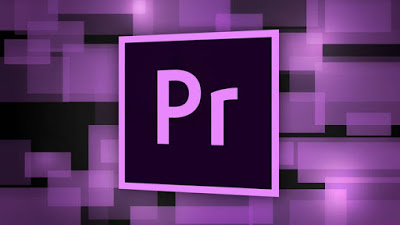Premiere Pro supports high-quality video editing at up to 4K x 4K resolution, at up to 32-bit per color channel, in both YUV and RGB. Audio-sample-level editing, VST audio plug-in support, and 5.1 surround sound mixing are available for high fidelity audio. Premiere Pro’s plug-in architecture allows for seamless import and export of formats or QuickTime DirectShow, supports a wide range of audio and video file formats and codecs on both MacOS and Windows.
Version 1.5 improved support for high-definition video content, and added new project management tools and new filters. It also includes support for 24p in length. Version 1.5.1 added support for HDV. Version 2.0 further refines 24p and HDV editing, and is the first major NLE to natively support the Canon 24F format on cameras such as the Canon XL H1, with additional updates. Since version 2.0, Premiere Pro has required a processor that supports SSE2, which is not available on some older processors.
Premiere Pro CS3 added support for output to Blu-ray Disc, and Flash-based MPEG-4/H.264 web sites, as well as Time Remapping, an easy-to-use variable Fram rate implementation. Starting in Premiere Pro CS3, Adobe Encore is included for menu authoring and interactivity for DVD, Blu-ray discs, and Flash for web projects. Adobe OnLocation (now cross-platform in CS4) is also included for direct-to-disc recording and monitoring. An update to the original Premiere Pro CS3 has added support for the new file format camera. 3.1 added the original Panasonic P2 MXF import, edit, and export DVCPRO, DVCPRO50 and DVCPRO HD materials. 3.2 added native XDCAM HD EX and import and edit
Functions of existing tools in Adobe Premiere
The main function of Premiere Pro is even more effective for assembling images, video and audio, not for animation. To make your multimedia appearance more attractive, you should also study other animation and graphic software such as 3D Studio Max, After Effects, Adobe Photoshop and other multimedia utilities.
Tools in Adobe Premiere:
| Button | Keyboard Shortcut | Description |
| V | Selection tool The default tool / default address, is used to select and drag clips on the timeline. | |
| M | Track Select tool Select all clips on a track from a given point, or select multiple tracks. | |
| B | Ripple Edit tool Adjusting edit points and moving other clips in the timeline for balance. | |
| N | Rolling Edit tool Adjust the edit point between two clips without affecting the rest of the timeline. | |
| X | Rate Stretch tool Change the duration of the clip as well as change the speed for compensation. | |
| C | Razor tool Cuts the Clip on the timeline. | |
| Y | Slip tool Moves clips in and out points by an equal number of times, so the rest of the timeline is unaffected. | |
| U | Slide tool Move clips back and forth in the timeline, while simultaneously adjusting adjacent clips with compensation. | |
| P | pen tool make control (anchor) points.. | |
| H | Hand tools Drag the timeline view left and right. | |
| Z | Zoom tool Click on the timeline to enlarge the view, or drag and select a rectangular area to zoom in a specific direction. |
The need for digital IT is needed in daily activities, Bead IT Consultant is the right choice as your partner, visit our website by clicking this link: www.beadgroup.com

